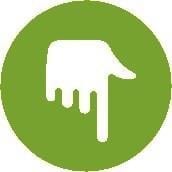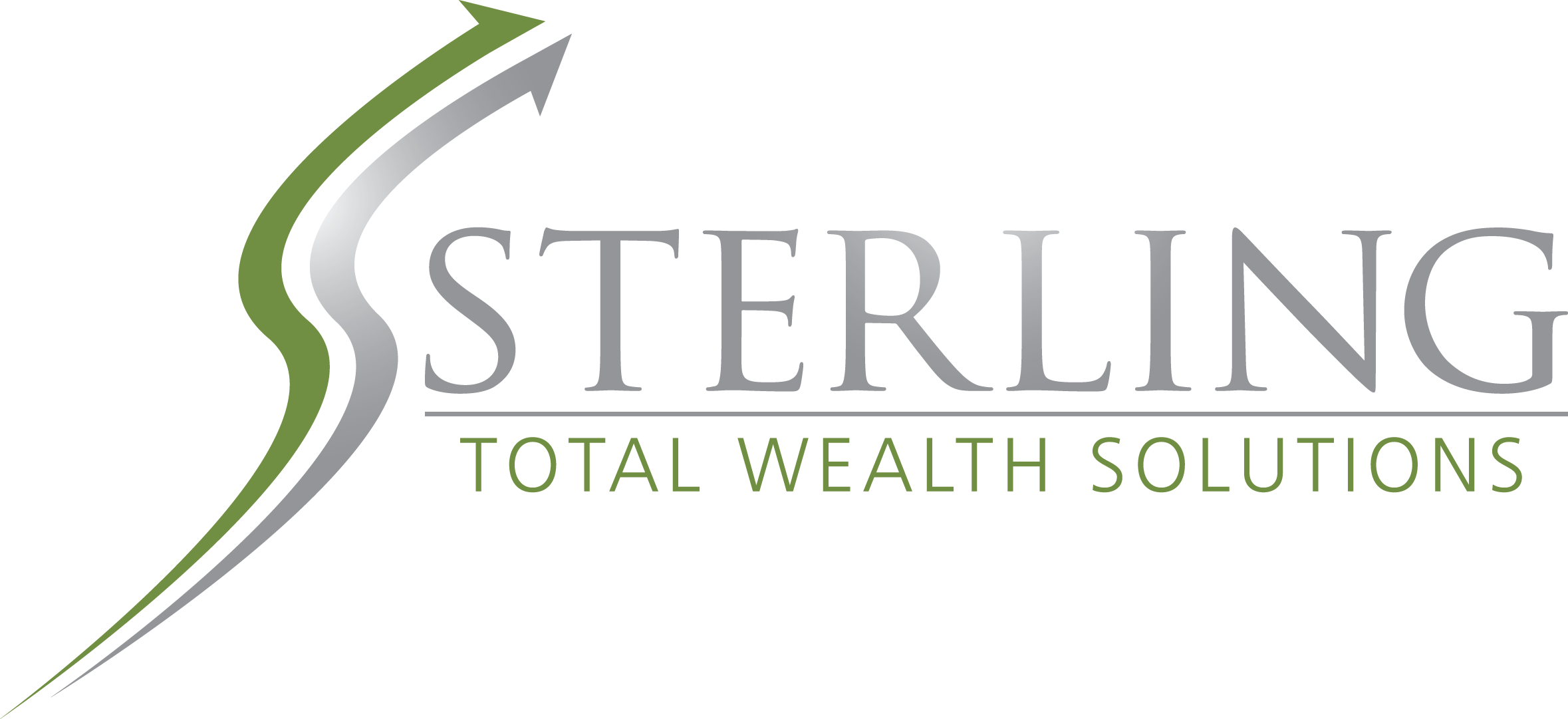In this week’s recap: A COVID-19 vaccine spurs a stock market rally, even as more cases are reported and some areas renew lockdowns.
Weekly Market Commentary |Presented by Sterling Total Wealth Solutions |November 16, 2020
THE WEEK ON WALL STREET
News of a COVID-19 vaccine ignited a rally in economically sensitive stocks and a broad retreat in technology companies last week, though enthusiasm was tempered by reports of rising new infections and fresh lockdowns.
The Dow Jones Industrial Average surged 4.08%, while the Standard & Poor’s 500 rose 2.16%. The Nasdaq Composite index fell 0.55% for the week. The MSCI EAFE index, which tracks developed overseas stock markets, jumped 4.01%.1,2,3
Vaccine Hopes
Reports of an effective COVID-19 vaccine sent stocks soaring on Monday as the end to economic uncertainty appeared to be in sight. Stocks that had been pummeled by economic lockdowns surged on the news, while the stay-at-home stocks suffered steep declines. Bond yields and oil prices both moved higher on expectations of increased economic activity.
Market enthusiasm evaporated in the days that followed, however, as higher COVID-19 infections, new lockdowns, and low expectations for a new fiscal stimulus package dampened the optimism brought on by the pending vaccine.
Stocks closed the week on a higher note, with cyclical stocks adding to their gains and technology companies shaving part of their losses.
Clouds Over Chinese Capitalism?
The market was caught by surprise last week when Chinese regulatory authorities issued draft guidelines to address concerns over abusive monopolistic practices. Shares in some of the biggest Chinese technology companies dropped on the news. This follows the prior week’s suspension of a listing of a large initial public offering for one of the country’s leading fintech companies.
It’s difficult to say whether Chinese regulators are acting on concerns that western nations have with the dominance of Big Tech companies, or if they are attempting to rein in the power and influence of privately owned corporations. An answer may not be clear anytime soon, but investors will be watching.
TIP OF THE WEEK

Adult children may ask you to help them out with business financing or a down payment on a property. While it’s tempting to say yes, it’s may be best to determine if your personal finances can handle it.
THE WEEK AHEAD: KEY ECONOMIC DATA
Tuesday: Retail Sales.
Wednesday: Housing Starts.
Thursday: Existing Home Sales, Jobless Claims, Index of Leading Economic Indicators.
Source: Econoday, November 13, 2020
The Econoday economic calendar lists upcoming U.S. economic data releases (including key economic indicators), Federal Reserve policy meetings, and speaking engagements of Federal Reserve officials. The content is developed from sources believed to be providing accurate information. The forecasts or forward-looking statements are based on assumptions and may not materialize. The forecasts also are subject to revision.
THE WEEK AHEAD: COMPANIES REPORTING EARNINGS
Monday: Palo Alto Networks (PANW), Tyson Foods, Inc. (TSN), JD.com, Inc. (JD).
Tuesday: Walmart (WMT), The Home Depot (HD).
Wednesday: Nvidia Corp. (NVDA), Target Corp. (TGT), Lowe’s Companies (LOW), The TJX Companies (TJX).
Thursday: Workday, Inc. (WDAY), Ross Stores (ROST), Intuit (INTU), Netease, Inc. (NTES).
Source: Zacks, November 13, 2020
Companies mentioned are for informational purposes only. It should not be considered a solicitation for the purchase or sale of the securities. Investing involves risks, and investment decisions should be based on your own goals, time horizon, and tolerance for risk. The return and principal value of investments will fluctuate as market conditions change. When sold, investments may be worth more or less than their original cost. Companies may reschedule when they report earnings without notice.
QUOTE OF THE WEEK

“What we obtain too cheap, we esteem too lightly.”
THOMAS PAINE

THE WEEKLY RIDDLE

A rooster sits atop a farmhouse. Its roof is unequally pitched. One half slopes down at an angle of 60º, and the other half at 70º. If the rooster lays an egg right on the peak of the roof, on which side is the egg more likely to fall?
LAST WEEK’S RIDDLE: Two-and-a-half artists spend two-and-a-half hours painting two-and-a-half models on two-and-a-half canvases. How many artists would be necessary to paint 24 models on 24 canvases in 20 hours?
ANSWER: This would only require three artists. 24 artists can paint 24 models in 2.5 hours. Since the time available has increased by eight (20 = 8 * 2.5), then you can reduce the number of artists by the same amount (3 = 24 / 8).
Securities offered through Registered Representatives of Cambridge Investment Research, Inc., a Broker/Dealer, Member FINRA/SIPC. Advisory services offered through Cambridge Investment Research Advisors, Inc., a Registered Investment Advisor. Sterling Total Wealth Solutions and Cambridge are not affiliated.
To learn more about Sterling Total Wealth Solutions, visit us on the web at www.sterlingtotalwealthsolutions.com
Know someone who could use information like this? Please feel free send us their contact information via phone or email. (Don’t worry – we’ll request their permission before adding them to our mailing list.)
This material was prepared by MarketingPro, Inc., and does not necessarily represent the views of the presenting party, nor their affiliates. The information herein has been derived from sources believed to be accurate. Please note – investing involves risk, and past performance is no guarantee of future results. Investments will fluctuate and when redeemed may be worth more or less than when originally invested. This information should not be construed as investment, tax or legal advice and may not be relied on for the purpose of avoiding a ny Federal tax penalty. This is neither a solicitation nor recommendation to purchase or sell any investment or insurance product or service, and should not be relied upon as such. All market indices discussed are unmanaged and are not illustrative of any particular investment. Indices do not incur management fees, costs and expenses, and cannot be invested into directly. All economic and performance data is historical and not indicative of future results. The Dow Jones Industrial Average is a price-weighted index of 30 actively traded blue-chip stocks. The NASDAQ Composite Index is a market-weighted index of all over-the-counter common stocks traded on the National Association of Securities Dealers Automated Quotation System. The Standard & Poor’s 500 (S&P 500) is a market-cap weighted index composed of the common stocks of 500 leading companies in leading industries of the U.S. economy. NYSE Group, Inc. (NYSE:NYX) operates two securities exchanges: the New York Stock Exchange (the “NYSE”) and NYSE Arca (formerly known as the Archipelago Exchange, or ArcaEx®, and the Pacific Exchange). NYSE Group is a leading provider of securities listing, trading and market data products and services. The New York Mercantile Exchange, Inc. (NYMEX) is the world’s largest physical commodity futures exchange and the preeminent trading forum for energy and precious metals, with trading conducted through two divisions – the NYMEX Division, home to the energy, platinum, and palladium markets, and the COMEX Division, on which all other metals trade. Additional risks are associated with international investing, such as currency fluctuations, political and economi c instability and differences in accounting standards. This material represents an assessment of the market environment at a specif ic point in time and is not intended to be a forecast of future events, or a guarantee of future results. MarketingPro, Inc. is not affiliated with any p erson or firm that may be providing this information to you. The publisher is not engaged in rendering legal, accounting or other professional services. If assistance is needed, the reader is advised to engage the services of a competent professional.
CITATIONS:
- The Wall Street Journal, November 13, 2020
- The Wall Street Journal, November 13, 2020
- The Wall Street Journal, November 13, 2020
